Key Takeaways
Outdoor fiberglass sculptures offer a unique combination of artistic expression and structural resilience, making them ideal for environments exposed to weather extremes. These installations are engineered to resist UV degradation, moisture, and temperature fluctuations, ensuring decades of visual appeal without compromising integrity. Custom designs cater to diverse applications—from enhancing museum courtyards with Realistic sculpture to creating landmark pieces for high-traffic commercial areas. Their lightweight yet durable nature simplifies installation in challenging locations, while low-maintenance surfaces reduce long-term upkeep costs. By integrating site-specific themes or cultural motifs, these sculptures deepen visitor engagement, transforming public spaces into dynamic storytelling platforms. For regions with harsh climates, specialized coatings and reinforced bases provide additional protection against corrosion and physical stress, ensuring art remains a permanent fixture in ever-changing environments.
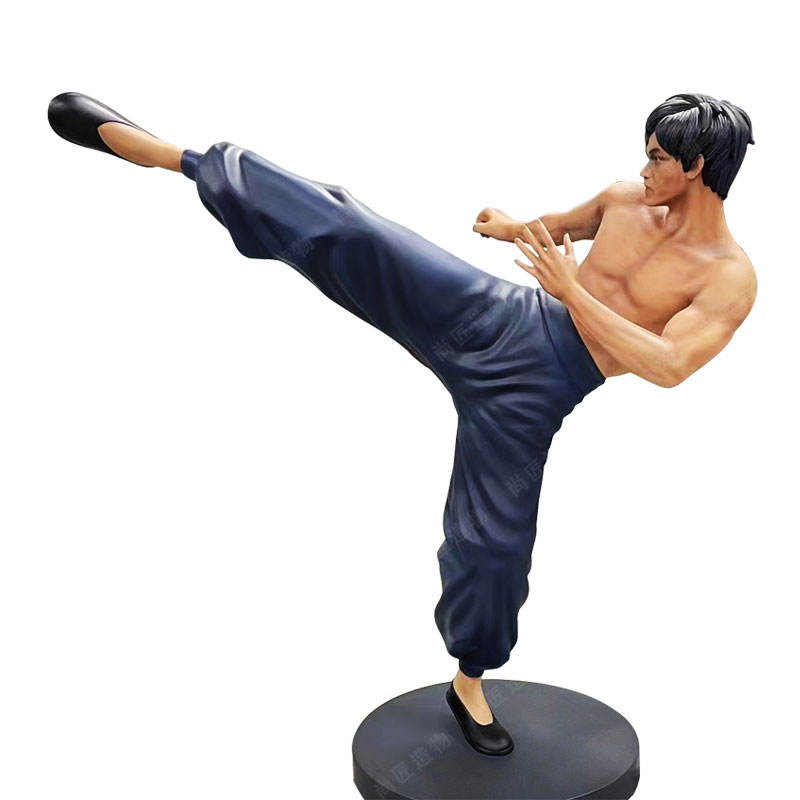
Durable Outdoor Fiberglass Sculpture Solutions
Fiberglass has emerged as a premier material for outdoor sculptures due to its exceptional durability and adaptability. Unlike traditional materials like bronze or stone, fiberglass resists corrosion, UV damage, and temperature fluctuations, making it ideal for installations in parks, urban plazas, and coastal areas. Its lightweight nature simplifies transportation and installation, while still maintaining structural integrity in high-traffic environments.
| Feature | Fiberglass | Bronze | Concrete |
|---|---|---|---|
| Weather Resistance | High | Moderate | Low |
| Weight | Light | Heavy | Very Heavy |
| Maintenance Requirements | Low | High | Moderate |
"Fiberglass sculptures bridge artistic vision and practical longevity, especially in environments where weather extremes are a constant challenge." — Public Art Installation Specialist
For institutions like museums or commercial complexes, custom fiberglass sculptures offer a balance of aesthetic appeal and functional resilience. These installations withstand rain, snow, and humidity without fading or cracking, ensuring year-round visual impact. A fiberglass sculpture designed for outdoor use often incorporates reinforced coatings to enhance its protective qualities further.
Tip: To extend lifespan, periodically clean surfaces with mild soap and inspect for minor abrasions. This proactive approach preserves both appearance and structural stability, even in harsh climates.
By combining artistic customization with engineering precision, fiberglass solutions meet the demands of diverse outdoor settings—from tropical gardens to snowy civic centers—while maintaining their role as engaging focal points for visitors.
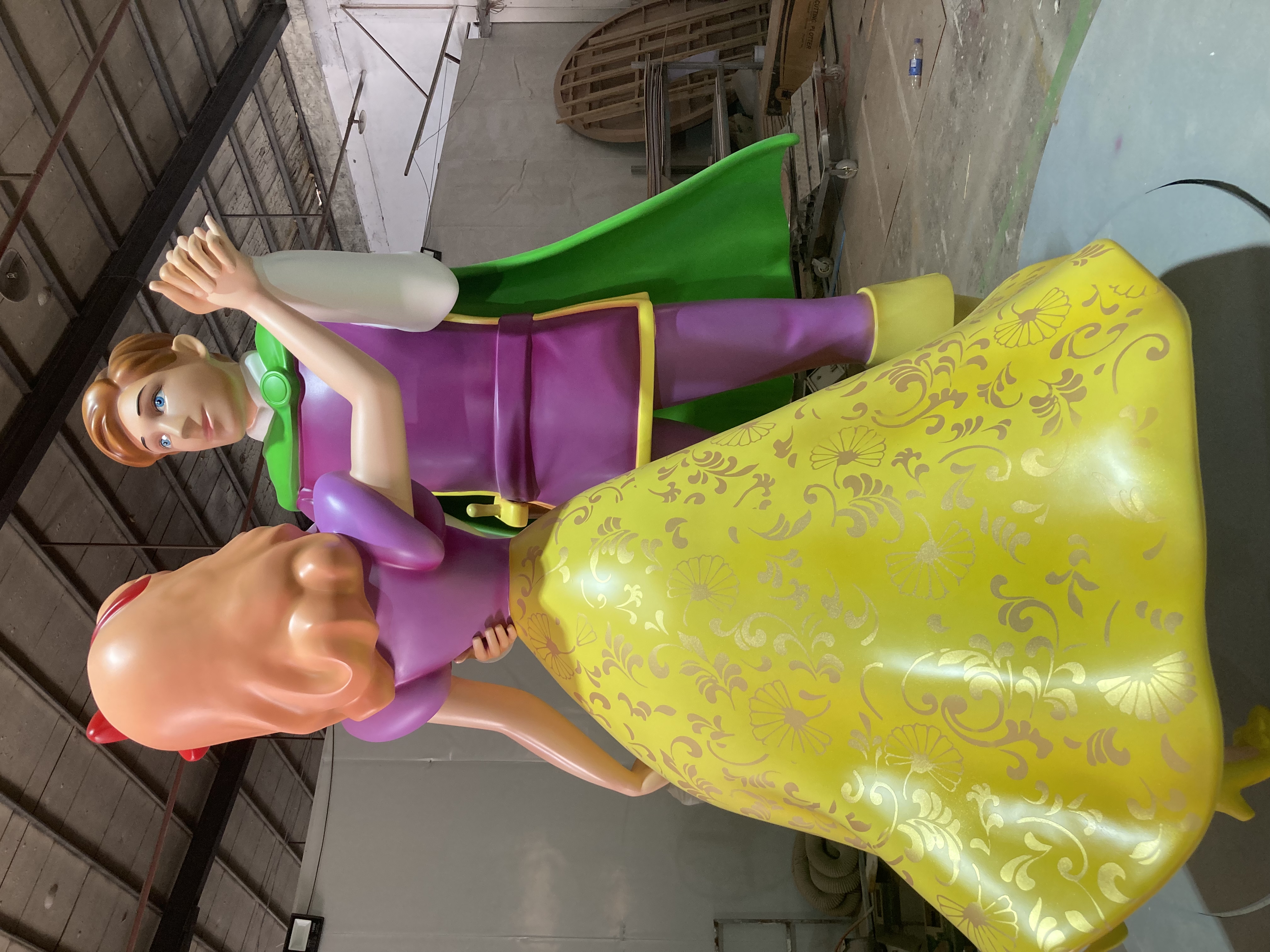
Weather-Resistant Art for Public Spaces
Public spaces demand artistic installations that balance aesthetic appeal with functional resilience. Fiberglass sculptures excel in outdoor environments due to their inherent resistance to moisture, UV radiation, and temperature fluctuations. Unlike traditional materials like stainless steel sculpture, fiberglass offers greater design flexibility while maintaining structural integrity in challenging climates. These sculptures are engineered to withstand heavy rain, snow, and prolonged sun exposure without fading, warping, or corroding—a critical advantage for parks, civic centers, and transportation hubs.
Custom designs adapt to specific site conditions, ensuring seamless integration with architectural features or natural landscapes. For example, textured finishes can mimic stone or metal while retaining fiberglass’s lightweight properties, simplifying installation in high-traffic areas. Municipalities and urban planners increasingly prioritize such solutions to create visually engaging landmarks that endure decades of seasonal changes. By combining artistic vision with advanced material science, weather-resistant fiberglass art transforms public spaces into dynamic, year-round destinations that foster community pride and cultural connection.
Custom Museum Sculptures Withstanding Elements
Museums seeking to enhance outdoor exhibits require sculptures that balance artistic integrity with environmental resilience. Custom fiberglass sculptures address this challenge by offering UV-resistant, moisture-proof, and thermally stable solutions capable of enduring decades of exposure. Unlike traditional materials like bronze or stone, fiberglass retains intricate details without corroding, cracking, or fading—critical for preserving historical or thematic narratives in outdoor museum installations. For example, [IP character sculptures] (https://en.artmovr.com/) designed for museum courtyards demonstrate how lightweight fiberglass supports complex designs while resisting heavy rain, extreme temperatures, and salt air in coastal regions.
Collaborations between artists and engineers ensure structural stability, with reinforced bases and aerodynamic shaping to prevent wind damage. This adaptability allows museums to commission site-specific works tailored to local climate conditions, whether for arid deserts or humid tropical zones. By integrating durable materials with creative vision, institutions protect their investments while maintaining visual storytelling in dynamic outdoor settings. Such installations not only withstand the elements but also serve as year-round educational anchors, bridging indoor collections with exterior landscapes seamlessly.
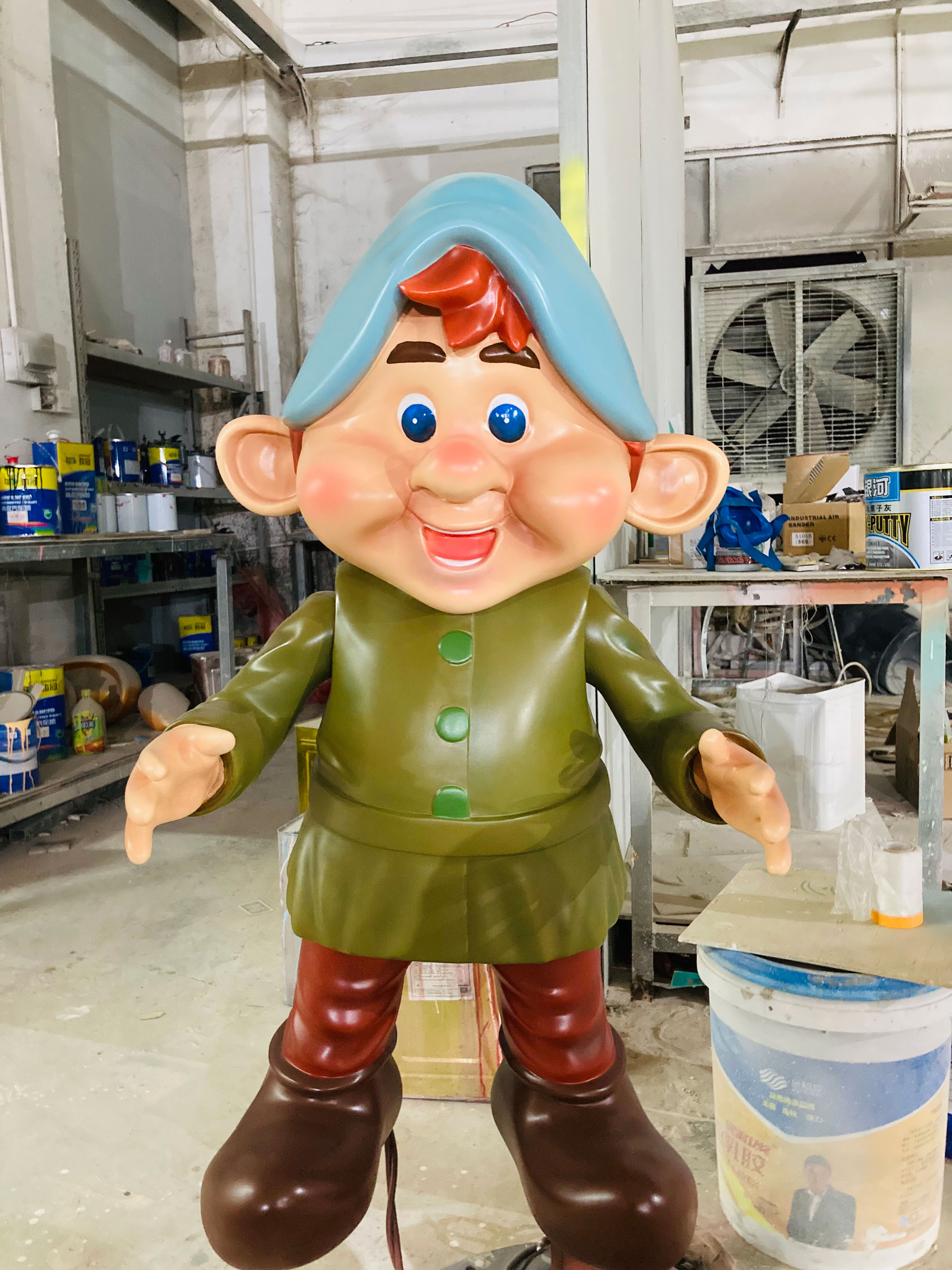
Enhancing Tourism Through Outdoor Art Displays
Outdoor art installations, particularly weather-resistant fiberglass sculptures, play a pivotal role in transforming public spaces into cultural destinations. Cities and tourist hubs increasingly leverage bespoke sculptures to create visual landmarks that attract visitors and encourage longer stays. Unlike traditional materials, fiberglass offers unmatched durability in harsh climates, ensuring installations remain vibrant despite UV exposure, rain, or temperature fluctuations. For example, interactive kinetic sculptures in parks or waterfronts not only draw crowds but also foster social media engagement, amplifying a location’s appeal. Museums and municipalities often commission site-specific designs that reflect local heritage or themes, creating a sense of place that resonates with both residents and tourists. By integrating art into urban planning, destinations can differentiate themselves, drive foot traffic to nearby businesses, and strengthen cultural identity. This strategic approach to public art not only enhances aesthetic value but also generates measurable economic benefits, from increased tourism revenue to elevated community pride.
Commercial-Grade Fiberglass Sculpture Benefits
Fiberglass sculptures designed for commercial applications combine functional resilience with artistic versatility, making them ideal for high-traffic environments. Unlike traditional materials like bronze or stone, fiberglass offers superior resistance to corrosion, UV degradation, and temperature fluctuations—critical for outdoor installations exposed to rain, snow, or intense sunlight. This durability translates to reduced long-term maintenance costs, as surfaces retain color vibrancy and structural integrity for decades without frequent repainting or repairs.
Commercial projects often require tailored designs to align with branding or thematic requirements. Fiberglass’s moldability allows for intricate detailing, from geometric abstractions to lifelike Cartoon sculpture creations, while maintaining a lightweight profile for easier transportation and installation. For businesses, this adaptability supports creative storytelling through art, whether enhancing retail landscapes, hotel lobbies, or corporate campuses. Additionally, fiberglass’s non-conductive and shatterproof properties ensure safety in public areas, minimizing liability risks. By integrating weatherproof art into commercial spaces, organizations can strengthen visual identity, foster customer engagement, and create memorable landmarks that withstand both environmental and operational demands.
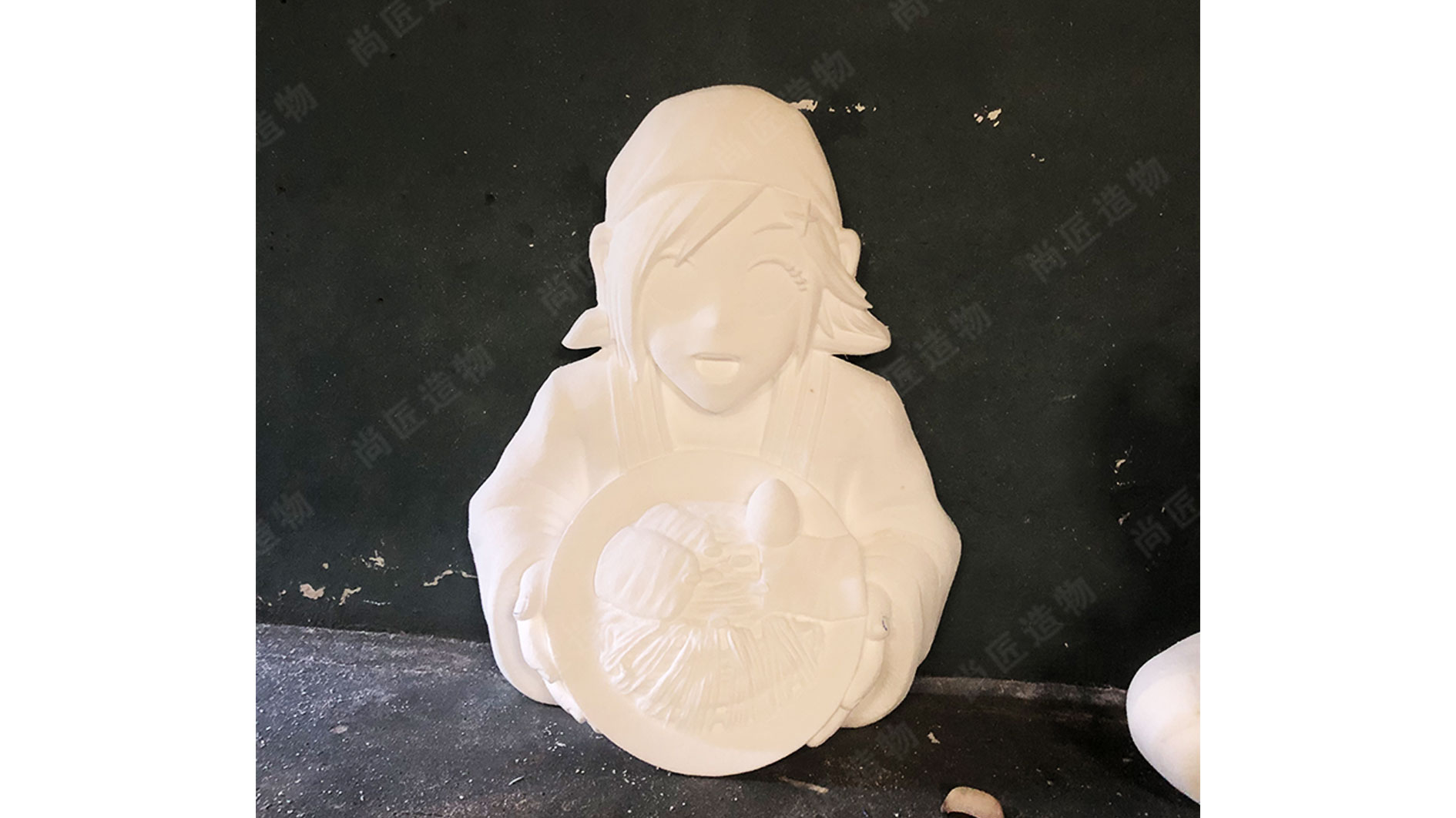
Long-Lasting Artistic Installations for Engagement
Public spaces thrive when art inspires interaction, and fiberglass sculptures excel at fostering lasting connections between viewers and their environment. Unlike traditional materials that degrade under UV exposure or moisture, fiberglass retains structural integrity and vibrant finishes for decades, ensuring installations remain focal points for community engagement. Parks, corporate campuses, and urban plazas leverage these sculptures to create immersive experiences—abstract forms invite tactile exploration, while figurative pieces spark storytelling among visitors. For example, a kinetic fiberglass installation in a city square can become a dynamic gathering spot, its movement synchronized with pedestrian activity.
Beyond structural advantages, fiberglass allows designers to scale concepts without compromising detail, enabling artworks to harmonize with architectural features or natural landscapes. This adaptability ensures sculptures remain relevant as spaces evolve, supporting recurring foot traffic and social media sharing. Low-maintenance requirements further enhance their role in public engagement strategies, freeing resources for interactive programming rather than upkeep. By merging durability with artistic vision, these installations transform transient interactions into enduring cultural touchstones.
Tailored Sculptures for Harsh Climate Zones
Extreme weather conditions demand specialized solutions for outdoor art installations. Fiberglass sculptures designed for harsh climates undergo rigorous engineering to address challenges like UV radiation, saltwater corrosion, freezing temperatures, or arid desert environments. Unlike standard materials, fiberglass composites are reinforced with climate-specific additives—such as UV inhibitors for sun-drenched regions or anti-microbial coatings for humid zones—to prevent fading, warping, or degradation. Structural designs are optimized to withstand wind loads in hurricane-prone areas or thermal expansion in fluctuating temperatures, ensuring stability over decades.
For coastal installations, sculptures are treated with marine-grade resins to resist salt spray, while polar-region pieces incorporate flexible bases to endure freeze-thaw cycles. Customization extends beyond aesthetics: engineers collaborate with artists to balance artistic vision with material science, testing prototypes in simulated climate chambers. This precision ensures that sculptures remain visually striking and structurally sound, even in the world’s most demanding environments. By integrating adaptive technologies with artistic craftsmanship, these tailored works transform challenging locations into enduring showcases of resilience and creativity.
Elevating Spaces with Weatherproof Fiberglass Art
Weatherproof fiberglass sculptures redefine how outdoor environments integrate artistic expression with functional durability. Unlike traditional materials that degrade under sun, rain, or frost, fiberglass retains structural integrity and vibrant finishes for decades. This resilience allows designers to transform open-air spaces—such as plazas, gardens, or building facades—into immersive art experiences without compromising longevity. For instance, museums increasingly commission custom fiberglass pieces to extend exhibits beyond indoor galleries, creating cohesive narratives between architecture and nature.
The adaptability of fiberglass supports intricate designs, from abstract forms to lifelike figures, tailored to complement specific settings. Commercial properties leverage this versatility to craft branded installations that withstand seasonal changes while maintaining visual appeal. In hospitality and tourism, weather-resistant sculptures act as focal points, encouraging visitor interaction and photo opportunities year-round. Advanced UV-resistant coatings and reinforced bases ensure these installations endure extreme temperatures, humidity, and wind loads common in coastal or high-altitude regions.
By merging artistic ambition with engineering precision, fiberglass elevates outdoor spaces into dynamic cultural landmarks. Its low-maintenance nature further reduces long-term costs, making it a practical choice for institutions and businesses prioritizing both aesthetics and sustainability.
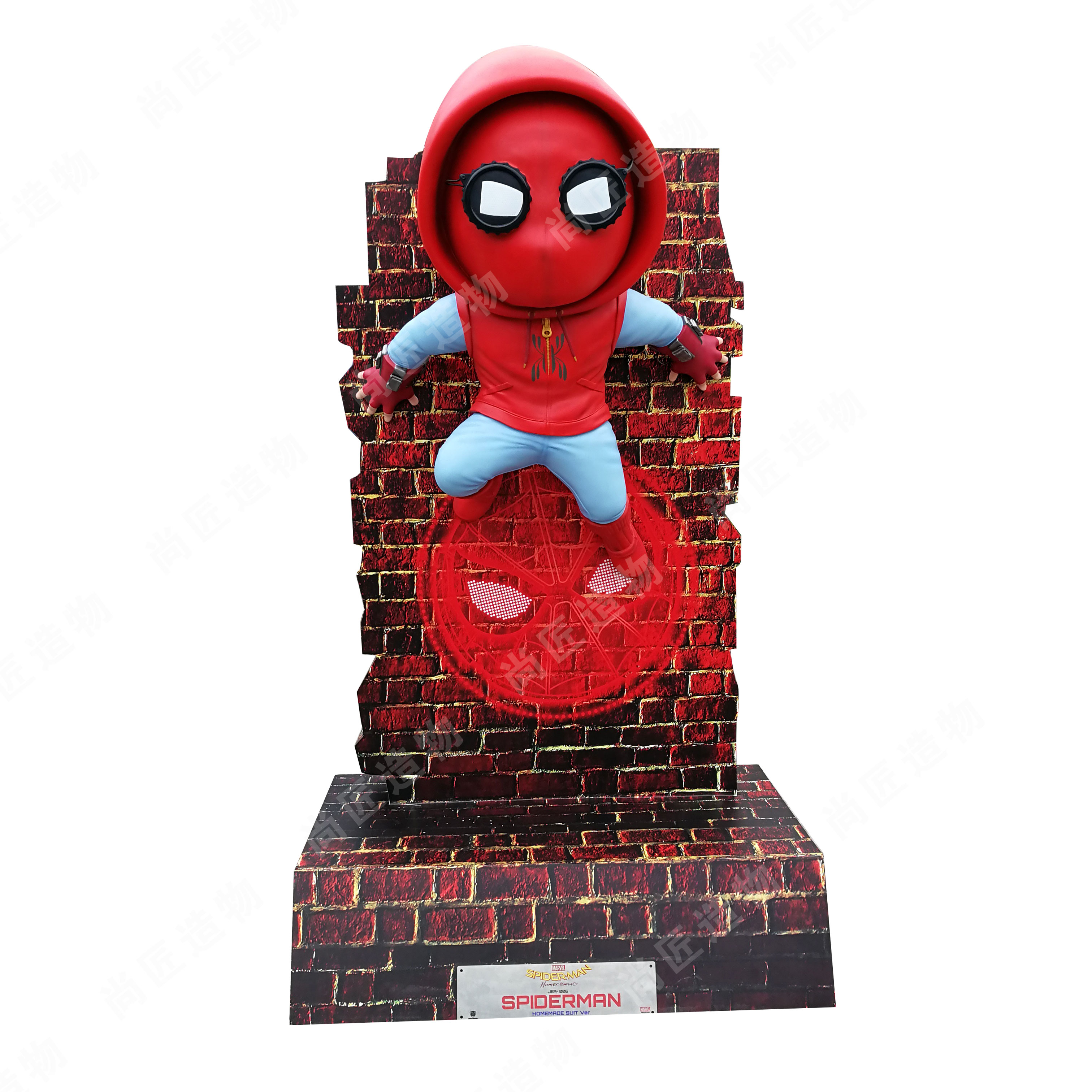
Conclusion
Outdoor fiberglass sculptures represent a convergence of artistic vision and engineering precision, offering institutions and businesses a reliable solution for enduring public art. As demonstrated throughout this discussion, the material’s adaptability to diverse climates ensures that installations retain structural integrity and aesthetic appeal across seasons. From museum courtyards to bustling commercial plazas, these sculptures function not merely as decorative elements but as focal points that spark curiosity and connection. Their resistance to moisture, UV exposure, and temperature fluctuations addresses common concerns in outdoor art placement, while customization options allow for alignment with specific thematic or branding goals. By investing in weather-resistant fiberglass creations, stakeholders secure long-term value—artworks that endure environmental challenges while continuously enriching shared spaces. This synergy of durability and creativity positions fiberglass as a pragmatic yet visionary medium for transforming ordinary landscapes into memorable destinations.

FAQs
How long do custom fiberglass sculptures last outdoors?
Fiberglass sculptures are engineered for longevity, typically enduring 15-25 years outdoors. Their resin coatings and UV inhibitors prevent fading, while the material’s flexibility resists cracking in temperature fluctuations.
What maintenance do weather-resistant sculptures require?
Routine cleaning with mild soap and water suffices to maintain appearance. Annual inspections for minor chips or wear are recommended, though repairs are rare due to the material’s durability.
Can sculptures be designed for specific climates, like coastal or desert regions?
Yes. Custom designs integrate climate-specific reinforcements, such as salt-resistant coatings for coastal areas or enhanced UV protection for sun-intensive zones, ensuring adaptability to local environmental stressors.
Are fiberglass sculptures safe for high-traffic public spaces?
Absolutely. Fiberglass is lightweight yet impact-resistant, reducing injury risks. Surfaces can be textured or treated with anti-slip finishes, making them ideal for parks, plazas, or museum courtyards.
How do fiberglass sculptures compare to bronze or stone for outdoor use?
Fiberglass offers comparable durability at a lower cost, with faster production times. Unlike heavy stone or metal, it allows for intricate designs without structural compromises, ideal for large-scale installations.
What’s the typical lead time for a custom project?
Production spans 8-12 weeks, depending on design complexity. Collaborative planning with artists or engineers ensures alignment with site-specific aesthetic and functional goals.
Do these sculptures enhance visitor engagement in commercial spaces?
Studies show outdoor art increases dwell time by up to 30% in commercial areas. Custom sculptures act as landmarks, fostering social media interaction and repeat visits.
 ch
ch English
English






